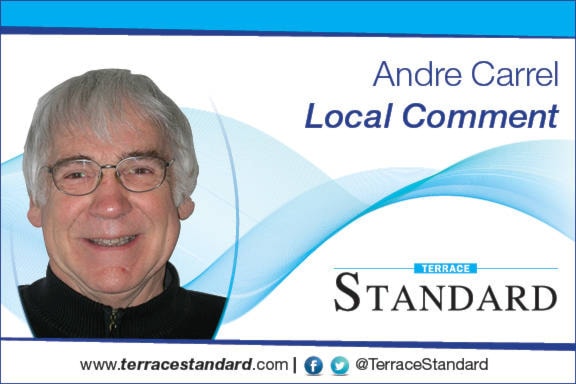Leading up to October’s municipal electrons this is the final column in a three-part series examining local governance.
I previously touched on the precarious situation in which our constitution leaves the municipal order of government. We can add the unique structure and function of municipal councils to that. Unlike their provincial patron, municipal councils do not operate pursuant to parliamentary principles. Municipal councils embrace executive and legislative functions in a single body. There is no cabinet to make executive decisions and there are no government and opposition caucuses to hold government accountable.
Council as a whole, mayor and councillors, perform both legislative and executive functions. All decisions, be they legislative (adopting bylaws) or executive (approving contracts) are made by council as a whole by way of resolutions. How can council members, being wholly and jointly responsible for all council decisions, subject their own decisions to critical review? What about democratic accountability when legislative and executive powers are integrated in a single body?
The province has delegated adequate enforcement powers to municipalities to allow councils to respond to the community’s needs in matters of hard services (streets, water, sewer, drainage) and for land use planning and zoning purposes. Council’s ability to appease community ambitions in this respect is restrained by the municipality’s limited and narrowly defined taxing powers. Deficit financing (money-is-no-object) solutions are not an option in the municipal world.
As it concerns social, cultural, environmental, and economic matters – elements which are a community’s glue – the council’s powers are symbolic at best. This is where ingenuity, imagination, persuasion, and cooperation are a council’s most promising strategic tools for solving community problems.
There is an insidious reality to council decisions dealing with hard and soft services. The long-term consequences following many council decisions tend to be more significant – and more costly – than what their short-term appeal and rationale may be. These consequences rarely surface in the community during the term of the council who made the decisions.
Consequences arising from decisions on subdivision standards, such as requirements for sidewalks, parks, cycle paths, playgrounds, and buffer zones are difficult if not impossible to mitigate once a subdivision is developed. Zoning specification may involve minute aspects of what owners may deem to be basic rights of property ownership. Should owners be allowed to keep a chickens or rabbits in their back yard? May I park my logging truck or dump truck in my driveway?
The long-term implications of design standards for hard services are particularly severe. Street design and construction specifications impact initial capital costs as much as they impact operation and maintenance costs over the long term. Short-term savings can and often do have insidious ways of draining future budgets in subtle and not so subtle ways. Initial capital costs are the developers’ problems, but all costs over the longer term affect municipal budgets. There are times when investment and job considerations outweigh concerns for future costs. In difficult times the temptation to focus on short-term opportunities may prejudice council’s responsibility to balance short and long term benefits.
For the reasons outlined, where candidates position themselves on the left-to-right spectrum of political ideologies (from Karl Marx to Friedrich Hayek) is not as relevant to the efficacy of future council decisions as is their position on the temperament spectrum of political philosophies (from Nelson Mandela to Donald Trump).
However, the decisions that will ultimately determine the community’s future will not be council decisions. These will be made by voters in the polling booth.
